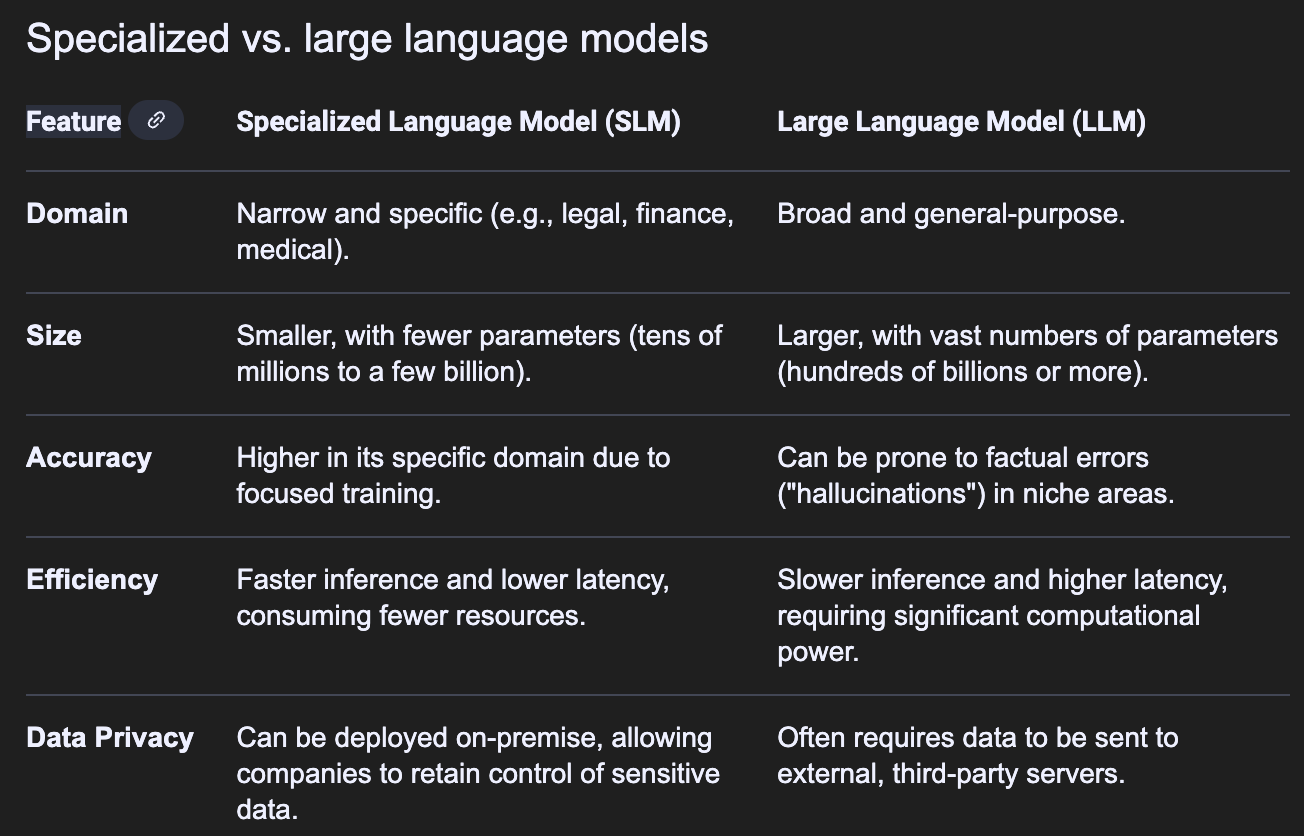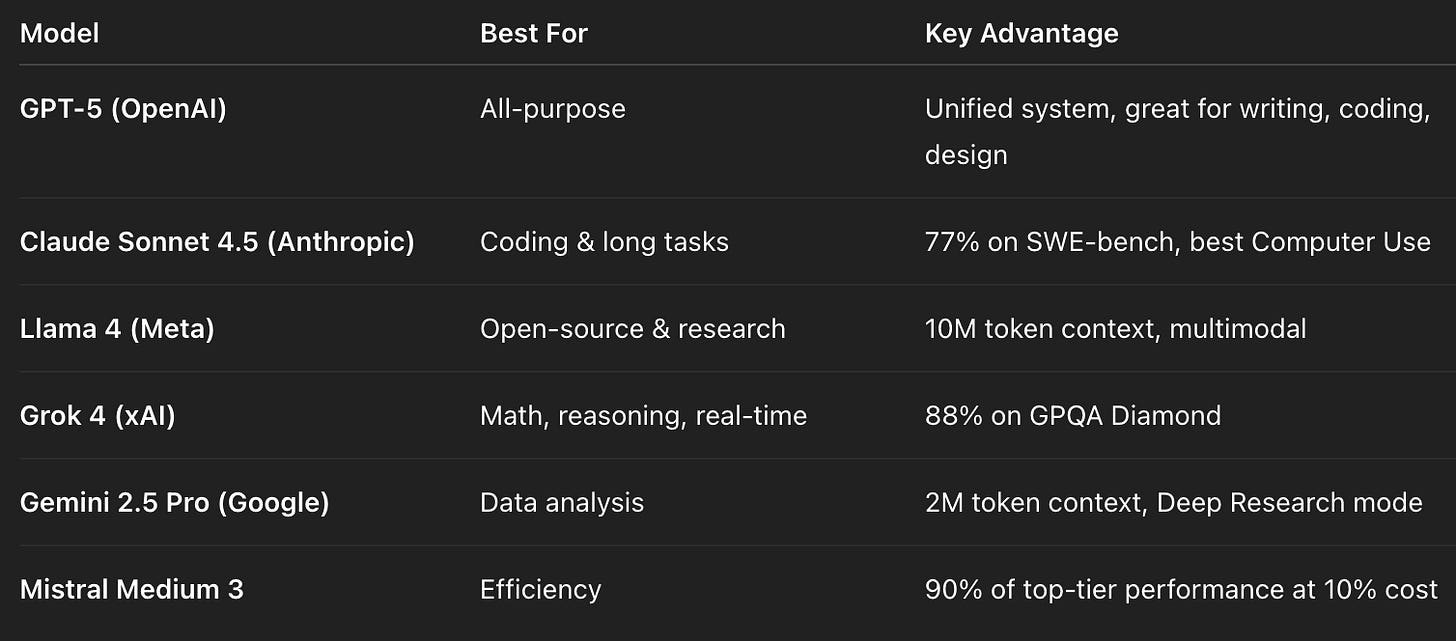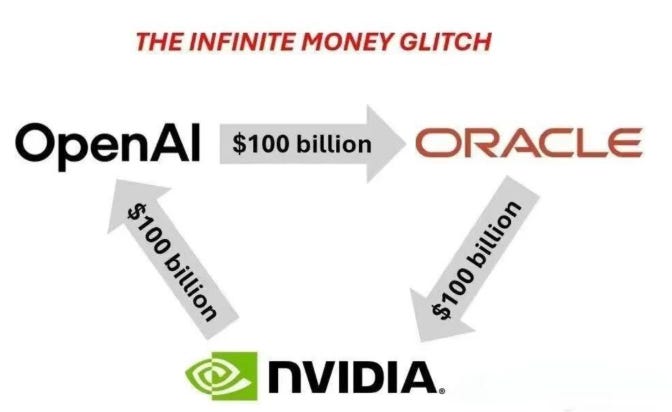💡Can ChatGPT Become the Next Operating System
And: Is AI the Growth Engine or Economic Time Bomb?
OpenAI isn’t playing it safe; it’s betting over $1 trillion on infrastructure to become the next operating system and potentially own the internet. But can they pull it off? Is this explosive AI growth a sustainable new economic reality, or the early signs of a bubble ready to burst? But, specialized AI agents are gaining traction, challenging the dominance of all-in-one models like ChatGPT. Let’s dive in and unpack what’s really happening. Stay curious.
The Rise of Specialized Intelligence
Is AI the Growth Engine or Economic Time Bomb?
AI Tools
Can ChatGPT Become the Next Operating System
AI Guides
📰 AI News and Trends
Despite being invite-only, the Sora app had 627,000 downloads compared to ChatGPT’s 606,000 in its first week. It also reached No. 1 on the US App Store by its third day
Sam Altman expects that OpenAI’s revenue will eventually pay for its trillion-dollar infrastructure effort
5 things Nvidia’s Jensen Huang said about the state of the AI race with China
California’s new AI safety law, SB 53, requires major AI labs to disclose their safety protocols, ensuring greater transparency
AI Mode can now help you search and explore visually
How the AI Boom Is Counting On a Small Dutch City
Other Tech News
Paramount may team up with Legendary Entertainment and Apollo Global Management on a bid for the entirety of WBD
Amazon Pharmacy is rolling out vending machines for prescription drugs like antibiotics and inhalers
Microsoft Tries to Catch Up in AI With Healthcare Push, Harvard Deal
I tracked Amazon’s Prime Day prices. We’ve been played. Beware
The Rise of Specialized Intelligence
The AI race in late 2025 has shifted from “one model for all” to specialized intelligence. The question is no longer who’s smartest, but who’s best for the job.
The big picture here is that computing power doubles every 5 years and is accelerating, with datasets arriving every 8-9 months; however, the returns are starting to flatten as models reach scaling limits. The energy cost of frontier AI is now massive, pushing demand for efficiency and smaller LLMs, specialized language models. This is leading to market fragmentation, where task-specific models in enterprise (Law, Finance, Healthcare) are preferred.
Key Innovations in 2025
Router-Based Models (GPT-5) – Automatically switches between reasoning, fast, or real-time modes.
Autonomous Operation (Claude Sonnet 4.5) – Can work for 30+ hours on complex projects without losing context.
Computer Use (Anthropic) – Claude can control a computer like a human, scoring 61.4% on OSWorld benchmarks.
Massive Context (Llama 4 Scout) – Handles 10 million tokens, enabling multi-day document comprehension.
Real-Time Integration (Grok 4) – Pulls live data directly from X for current-event awareness.
The Current Leaders
What’s Next (Q4 2025 – Early 2026)
Grok 5: Trained on the world’s first gigawatt-scale AI supercomputer — early tests suggest AGI-level reasoning.
Gemini 3: Expected before year-end with stronger coding, SVG generation, and multimodal grounding.
Llama 4 Behemoth (2 T params): Meta’s biggest model yet, delayed to early 2026.
Open-Source Wave: More models (like Grok 2.5+) are becoming freely available.
Autonomous AI: Long-running agents that manage workflows across days will go mainstream.
The future isn’t one big brain; it’s an intelligent network of specialized minds.
What we are reading:
Career creator for those building a life without a blueprint. Every Monday morning, I send out First Things First, a weekly guide to staying present, productive, and purposeful.
Discover how to differentiate your firm. Get our “7 Positioning Sins That Cost Consultancy Firms Millions“ guide when you join. It’s free, join 10,000+ consultancy executives
Is AI the Growth Engine or Economic Time Bomb?
AI may be saving the U.S. economy right now, or setting it up for disaster. A Harvard economist’s analysis shows that AI data center investments account for 92% of U.S. GDP growth in 2025. Without them, growth would be nearly zero. The illusion of a strong economy rests almost entirely on a single sector: AI infrastructure.
The Compute Arms Race
Tech giants OpenAI, Meta, Google, NVIDIA, AMD, and Oracle are spending at breakneck speed.
$400B+ in annual data center spending by “hyperscalers,” a 4x increase since 2020.
OpenAI alone plans $850B in investments, nearly half of the $2T global AI infrastructure forecast.
The massive Project Stargate (a $1T OpenAI-led coalition with Oracle, SoftBank, and MGX) aims to build the world’s most advanced compute network.
Why It Could Blow Up
Circular financing: Companies fund data centers, then get paid back through the same ecosystem via chip sales and leases, echoing 2000’s dot-com logic. A feedback loop of hype, debt, and hardware that could implode if real-world AI value doesn’t catch up soon.
Thin margins: Oracle’s AI cloud arm already struggles with profits due to NVIDIA’s high chip costs.
Overconcentration risk: The U.S. economy is increasingly dependent on a single sector’s capex cycle. A slowdown in AI demand could crash GDP, much like housing did in 2008.
Energy and resource strain: Powering these facilities requires gigawatts of energy, a future sustainability crisis in the making.
Why It Could Save the Economy
Infrastructure as foundation: Sam Altman calls compute “the new oil,” claiming it will underpin all future productivity.
Long-term payoff: Like railroads or the internet, AI infrastructure could fuel decades of innovation, automation, and new industries.
Technological multiplier: These data centers enable everything from scientific discovery to national defense and AI-driven productivity gains.
If demand cools or AI fails to deliver real productivity gains, the fallout could be catastrophic, hitting jobs, markets, and energy systems.
If it works, however, 2025 may be remembered as the year the AI economy saved the global one.
🧰 AI Tools of The Day
Download our list of 1000+ Tools for free.
Can ChatGPT Become the Next Operating System
OpenAI isn’t just building chatbots anymore, it’s quietly assembling an entire digital empire.
800M weekly users are already using ChatGPT to write, plan, and code. And every enterprise wants to have access to that community.
Third-party apps can now live inside ChatGPT, from DoorDash to Expedia, Spotify, Canva and Uber and many more coming.
Sora is pushing into social and entertainment. Next is ad and revenue generation.
AgentKits could replace Zapier, Make, and n8n and provide full automation for the near 1Billion users.
Jony Ive and OpenAI are co-designing hardware devices. This can bring the app to wearables and home devices automating your tasts and the IoT devices via OpenAI
Instant checkout + browser integration could soon turn ChatGPT into your main digital hub. Amazon should be concern
OpenAI’s vision: ChatGPT as an AI-native operating system, the interface for how we work, shop, and think online.
If OpenAI controls apps, payments, and devices, it doesn’t just power the internet…
It becomes the internet. It could replace browsers and mobile apps and own every digital layer.
🧰 AI Guides
Explore our AI Guides — from coding to photography and beyond, find step-by-step tips to put AI to work for you.




